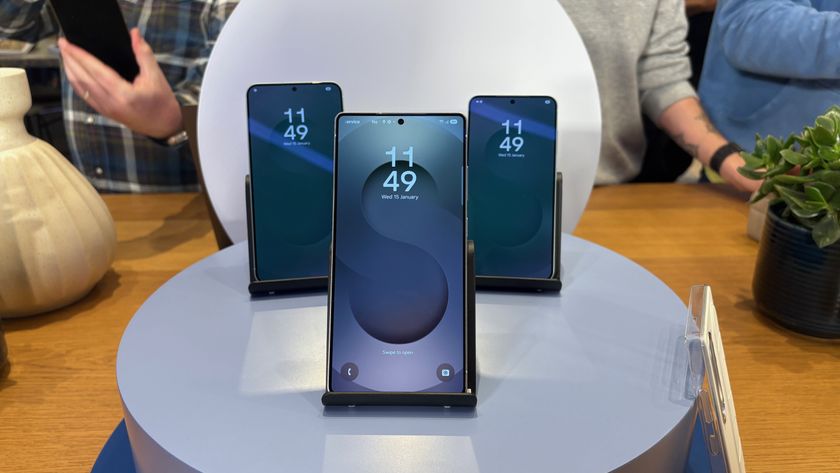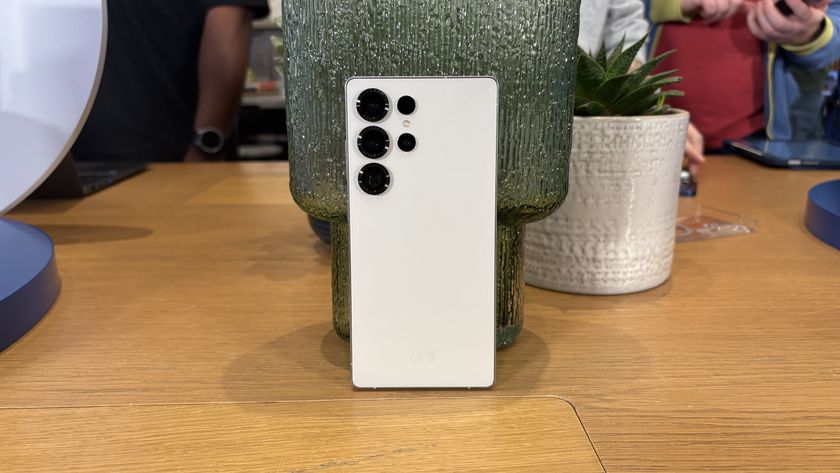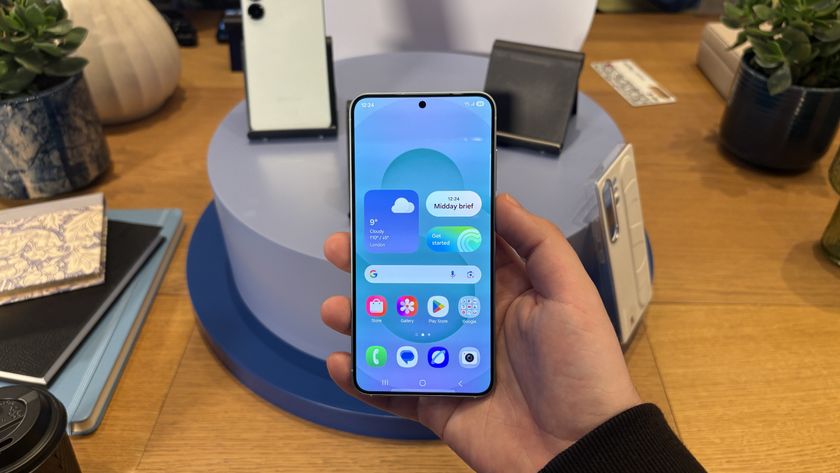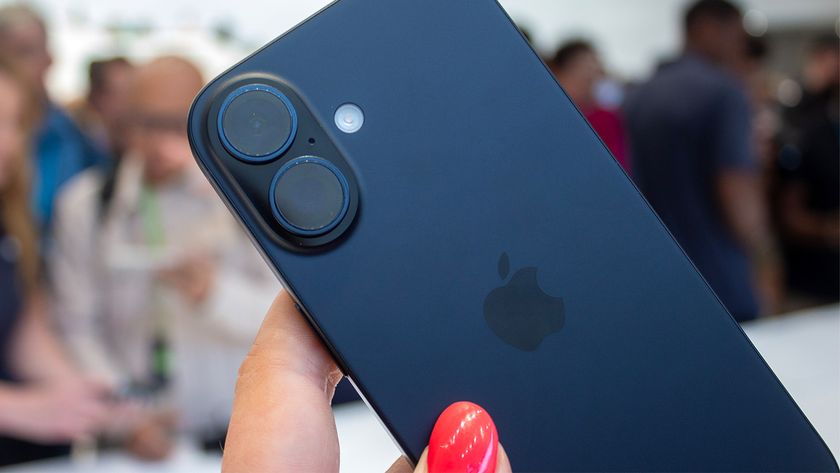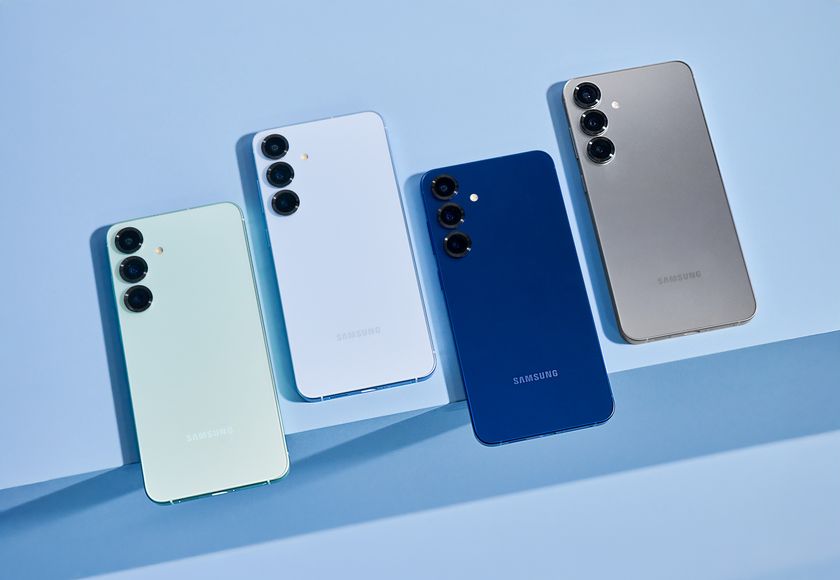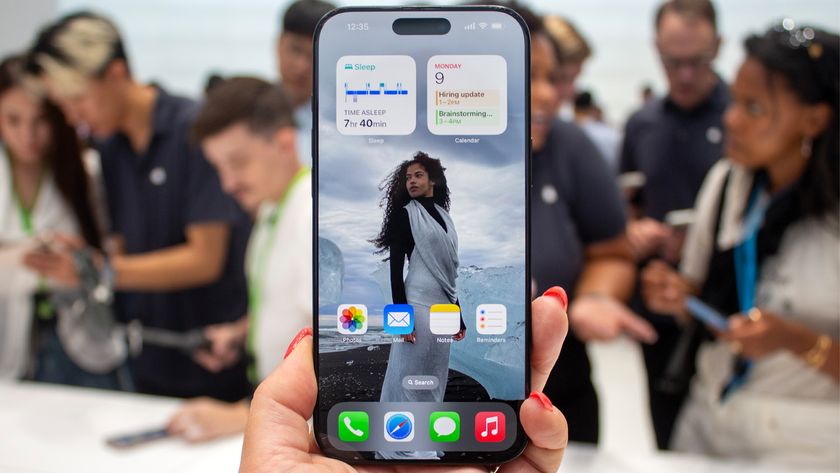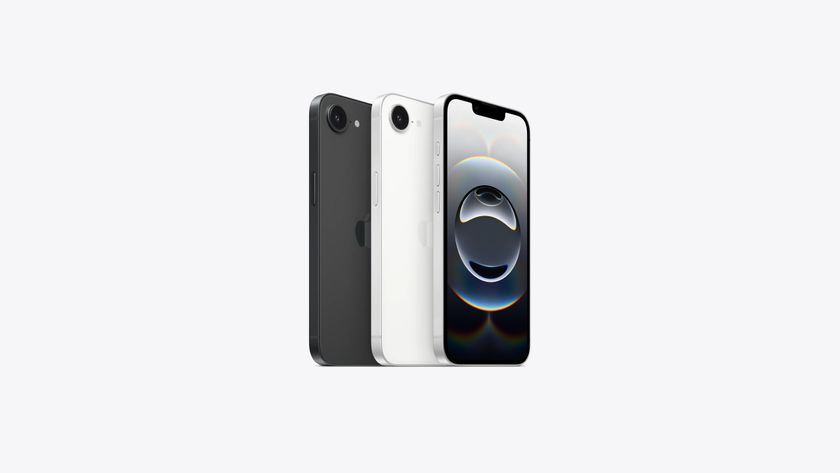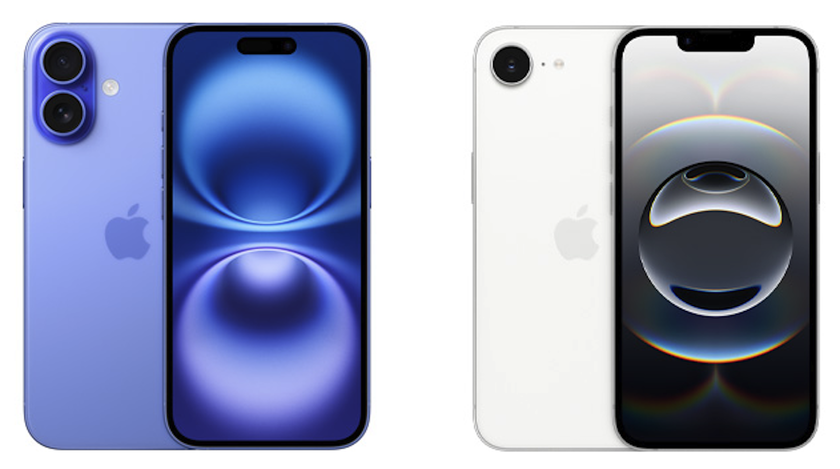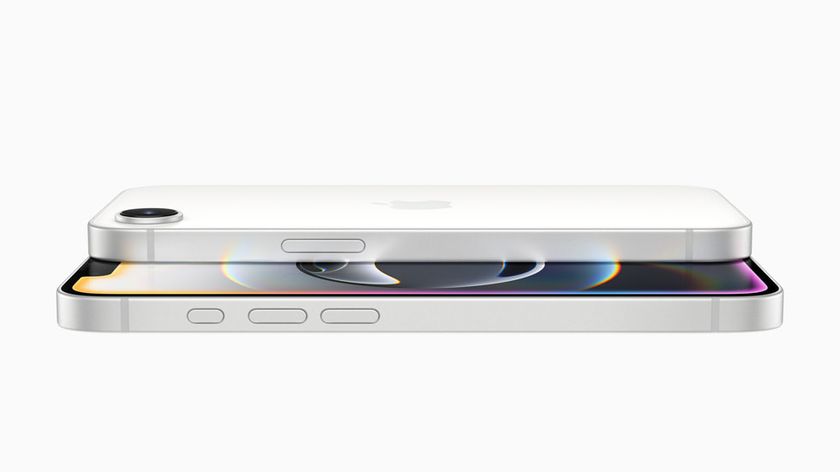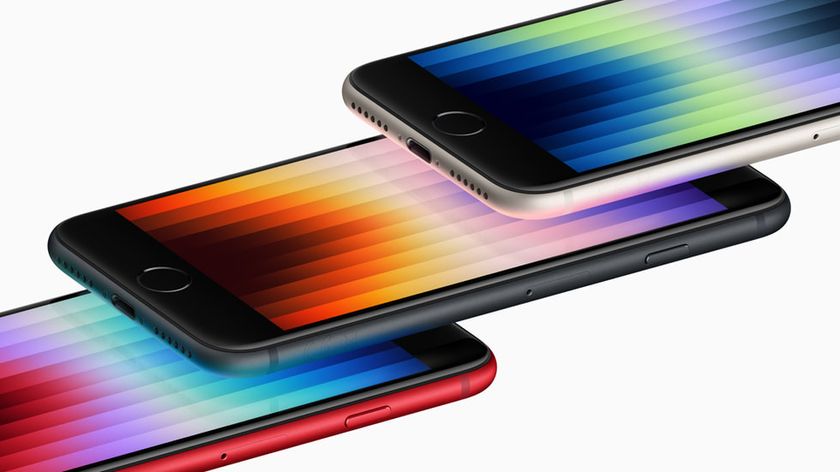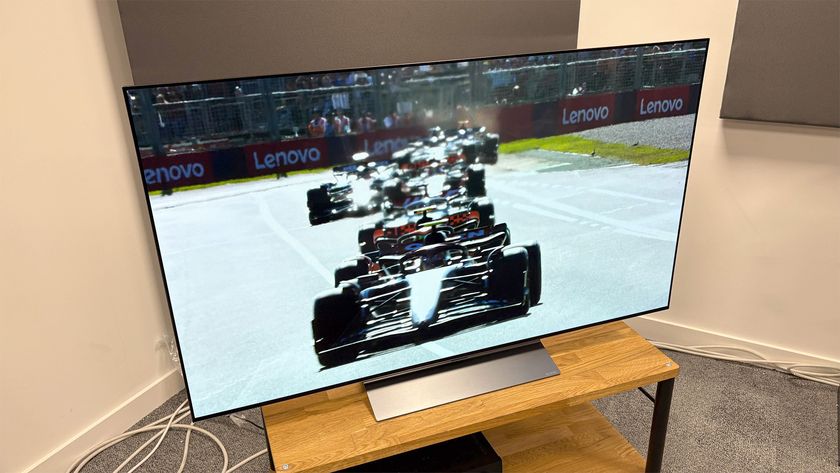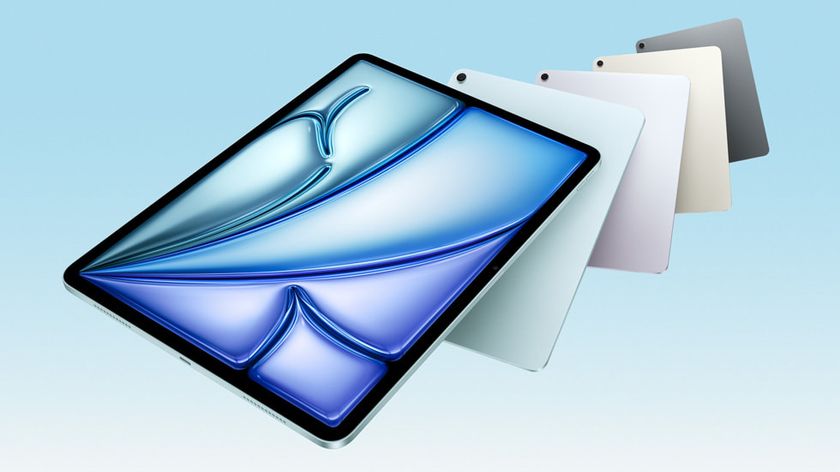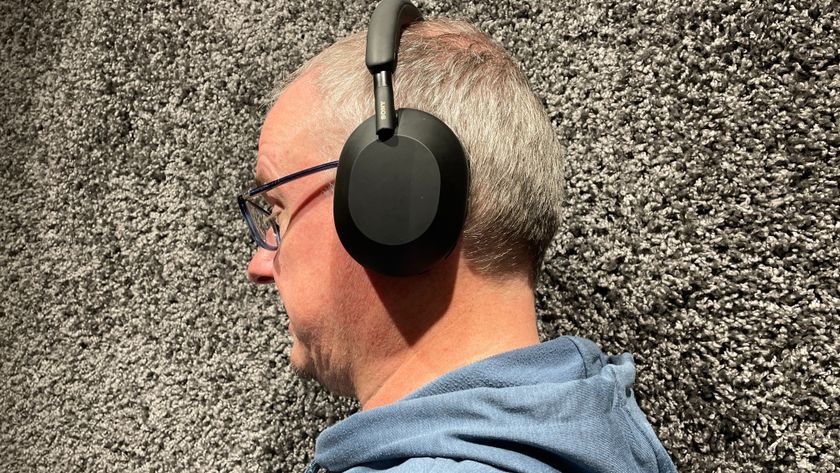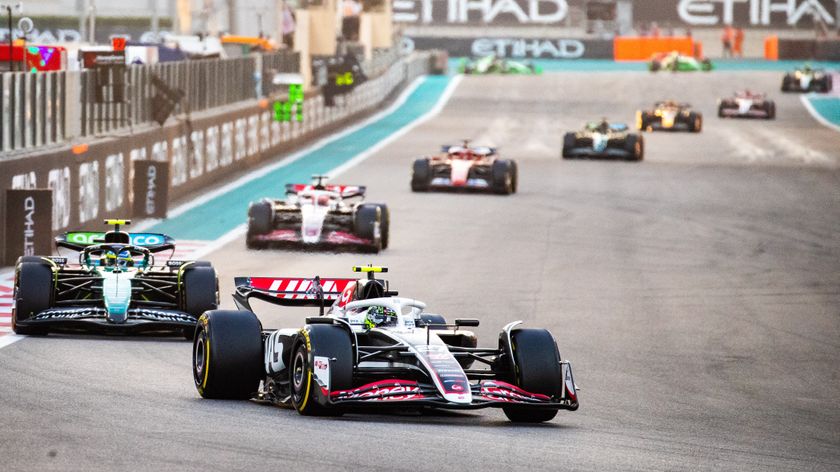Google Pixel 6: price, release date, specs and all the news
Google's latest flagship phones are finally official!
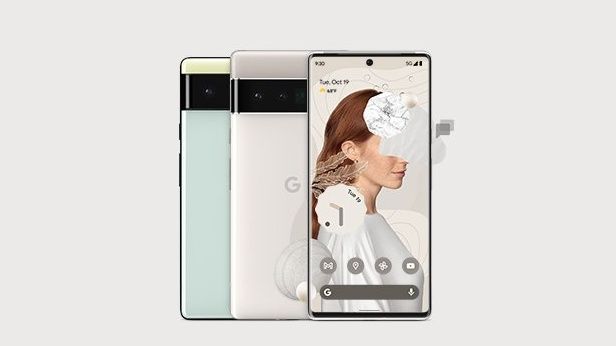
Google unveiled the next handsets in its Pixel range – the Google Pixel 6 and Pixel 6 Pro – a few weeks ago. Now, the tech giant has officially revealed the full spec. Read on for rundown of what Google is calling 'the most helpful smartphone' ever...
Google Pixel handsets are some of the best smartphones money can buy. And unlike most of their rivals, they don't come with crazy price tags. The most recent in the range, the Pixel 5, costs just £599 ($699, AU$999), which is good value for such a well-specced mobile.
But how much will the Pixel 6 cost? Does it really have "the most advanced smartphone camera in the world", as Google claims? What's all the fuss about the 'Magic Eraser' feature? Join us as we take a closer look at the Pixel 6 and Pixel 6 Pro...
Google Pixel 6: release date
Google officially revealed the Pixel 6 and 6 Pro at its Pixel Fall Launch event on 19th October . Both models are available to pre-order now in the UK, US and Australia. Goole will begin shipping the devices from 28th October.
For reference, here's the dates of each and every Google Pixel announcement so far:
- Google Pixel: 4th October 2016
- Google Pixel 2: 4th October 2017
- Google Pixel 3: 9th October 2018
- Google Pixel 4: 15th October 2019
- Google Pixel 5: 30th September 2020
- Google Pixel 6: 19th October 2021
Google Pixel 6: price
Google positioned the Pixel 5 as a more affordable handset, giving it a price tag of just £599 / $699 / AU$999. The good news is that the company has continued with its aggressive pricing strategy.
The standard Pixel 6 costs £599 / $599 / AU$999 for the 128GB model and $699 / AU$1129 for the 256GB version (UK pricing/availability is yet to be confirmed). In the mood for a deal? Pre-order a Pixel 6 or Pixel 6 Pro in the UK and you can claim a set of Bose Noise Cancelling Headphones 700 worth £349.95 (offer ends 27th October).
The Pixel 6 Pro starts at £849 / $899 AU$1299 for 128GB of storage. The 256GB model is listed for £949 / $999 / AU$1449, while 512GB variant is $1099 / AU$1599 (again, UK pricing/availability yet to be confirmed).
Not cheap, but certainly cheaper that the Samsung Galaxy S21 Ultra or the iPhone 13 Pro Max, both of which cost over£1500 / $1,100 / AU$1,800.
Don't want to pay upfront? You can also 'subscribe' to either Pixel handset via Pixel Pass. Google's answer to Apple One includes a Pixel 6 or 6 Pro handset (plus an upgrade in two years), an extended warranty, 200GB of Google One storage, Google Play Pass, YouTube Premium and YouTube Music Premium for one monthly free.
Pixel Pass starts at $45 per month for the Pixel 6 and $55 for the Pixel 6 Pro. It seems to be US only right now, but we'd expect it to roll out elsewhere soon.
Google Pixel 6: design
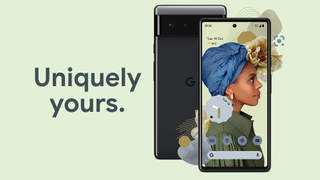
So what's new about the Pixel 6 and 6 Pro? A premium price tag demands a premium design, and from the pictures Google has released, that looks to be the order of the day. It's certainly a radical departure from the Pixel 5.
The most notable design flourish is on the back. The new camera bar was a necessity according to Google – the new camera lenses and sensors being too big to fit into the previous Pixel's camera housing. The a horizontal black bar that spans the width of the phone's back and it gives the phone a distinctive look.
The standard Pixel 6 has a similar design, but with only two camera sensors instead of three. It also has a 6.4-inch 90Hz flat display, whereas the Pixel 6 Pro boasts a curved, 6.7-inch, 10–120Hz screen that "melts" into the phone's frame.
There are new materials, too. According to Google, the Pixel 6 Pro has a "light polished aluminium frame", and the standard Pixel 6 has a "matte aluminium finish". This is a change from the Pixel 5's aluminium body covered by a thin skin of bio-resin plastic.
For extra toughness, the Pixel 6 is built from Corning Gorilla Glass Victus, said to be "the toughest Gorilla Glass yet, with up to 2x better scratch resistance than previous Pixel phones". It's also rated IP68, meaning it can withstand dust and being submerged in 1.5m of water for up to 30 minutes.
The Pixel 6 Case is "made with translucent material" that lets the phone shine through. Google says it's thoughtfully designed with over 30% recycled plastics, so you can do your bit for sustainability.
As for colourways, the Pixel 6 comes in Sorta Seafoam, Kinda Coral and Stormy Black, while the 6 Pro is available in Cloudy White, Sorta Sunny (a light gold) and Stormy Black.
An earlier Google teaser trailer shows off the Pixel 6 handset in the flesh...
Now, what about that folding Pixel 6 we've been hearing about?
A leak from industry insider Ross Young, of Display Supply Chain Consultants, suggests that the long-rumoured foldable Pixel will be available this year and will sport a high-quality 7.57-inch, variable refresh rate display supplied by Samsung Display.
So, while we weren't treated to a 'Pixel 6 Fold' at the Pixel Fall Launch event on Tuesday 19th October, there's every chance Google is biding its time.
Indeed, we've seen recent rumours of a Galaxy Fold-like folding Pixel handset, based on information spotted in an Android build. The device itself is codenamed "Jumbojack", though we're not sure if its related to the Pixel 6 or a future handset.
We'll keep our eyes peeled for all the latest Pixel Fold leaks and rumours.
Google Pixel 6: specs
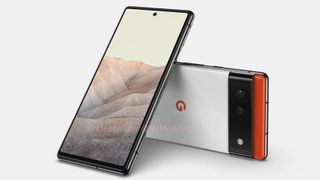
What about the spec sheet? Google has now revealed all, and on paper, the new handsets are pretty impressive.
Firstly, the screens. The Pixel 6 Pro leads the pair with a 6.7-inch screen with a QHD+ resolution. Its refresh rate is 120Hz, which is the new standard for even midrange phones. That higher rate will mean better rendering during fast-moving content like gaming. It's also double the refresh rate of the iPhone 12 line-up.
The screen is very slightly curved at the edges and bleeds into aluminium rails on the side bezels.
The standard Pixel 6 is a little smaller, as you would expect, and has a slightly lower-specced display. At 6.4 inches – a bit bigger than the 6.1-inch iPhone 12 and 6.2-inch Samsung Galaxy S21 – it has an FHD+ resolution and a 90Hz refresh rate. Its screen is flat, without the curved edges of the Pixel 6 Pro.
The Pixel 6 range also debuts Google's new system on a chip (SoC), the Tensor. Google claims the Pixel 6 is "up to 80-percent faster" compared to the Pixel 5. The new chip supposedly "saves power so your battery lasts longer" and "works with the next-gen Titan M2 security chip" to ensure your photos and messages remain private.
Google's new chunk of silicon also powers a host of AI-enhanced software, including Magic Eraser. Google's long-awaited Photoshop-style software removes "strangers and unwanted objects" (photobombers, basically) from images with a swipe and a tap. It works whether you took the photo a minute ago or a year ago.
The chip also enables "offline translation" in 55 languages, allowing Pixel 6 owners to converse in Japanese, listen to French podcasts or read road signs in Spain without decimating their data allowance. The phone is said to allow you to "Explore the world in other languages".
Last but not least, Google says the Pixel 6 features an AI-powered feature called 'Glance', which automatically brings up apps and info that you might need. When you arrive at the airport, for example, your boarding pass will pop up on your screen. Hence Google's claim that the Pixel 6 is "the most helpful smartphone" yet.
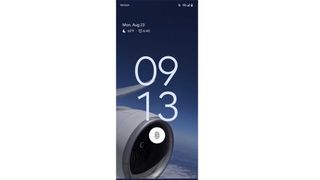
As predicted back in August, Google has now confirmed that the Pixel 6 features an in-display optical fingerprint reader.
Battery-wise, we were expecting a capacity of at least 4000mAh, matching the Pixel 5. We weren't disappointed. The regular Pixel 6 rocks a 4614mAh battery, while the Pixel 6 Pro boasts a hefty 5003mAh power pack. Google says both devices should last 24 hours.
Want to eek out the battery a bit longer? Just like the Pixel 5, Google's new handsets feature Extreme Battery Saver mode, which enables the battery to last to up to 48 hours. Both devices have Battery Share, too, so you can charge other compatible devices wirelessly.
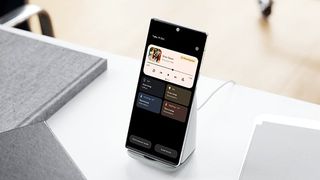
The Pixel 6 is available with a 30W USB-C charger (£25 / $25 / around AU$35). The Pixel 6 is also expected to offer 23W wireless charging too, courtesy of the charger you see above (thanks again, @evleaks). In theory, the Pixel 6 will charge faster than the 20W-charging iPhone 13, but still nowhere near the 65W+ rivals from OnePlus and Xiaomi.
The new Pixel Stand charging dock (sold separately) is also said to be twice as powerful as the previous version. And while your Pixel 6 is charging, you can use it as a smart display to browse pictures from Google Photos or control your smart home.
Google Pixel 6: cameras
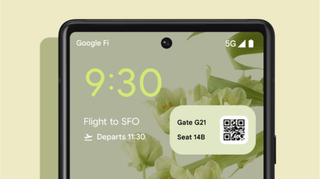
The cameras have always been one of the Pixel range's highlights. Indeed, we called the Pixel 5's snapper a "class-leading camera". So what can we expect from the Pixel 6?
The 6 Pro has three rear cameras: a new wide-angle main sensor, an ultrawide lens, and a 4X optical-zoom telephoto snapper. According Google, the main wide-angle sensor lets in "150% more light" than the Pixel 5's. The Pixel 6 has the same setup but without the telephoto lens.
On both handsets, the camera array is housed in the new camera bar that spans the back of the device. The Google Pixel 6 Pro adds a 48MP telephoto, upping its imaging prowess. The Pro model also boasts an 11.1MP front camera, while the regular Pixel 6 makes do with an 8MP selfie snapper. Both models feature laser autofocus, which should keep things nice and sharp in low light.
Another new feature is Real Tone. Google's new tech uses the Pixel 6's AI tools to accurately represent everyone's skin tones. Let's say a group of people are pictured, all with different skin tones. Real Tone tailors the white balance and other settings to each individual person's skin tone, ensuring an authentic image.
Google has also talked up Face Unblur. So if you take a photo and someone is blurred, the phone will be able to snap a still with its ultrawide lens as well as the composite HDR image captured by the main sensor. The phone can then recognise a face within the photo and combine the still from the ultrawide snapper with the others to pick out a moment when that face wasn't blurred.
Google Pixel 6: verdict
This looks like a bold (and welcome) new direction for Google's Pixel range. The Pixel 5 was a mid-priced affair, which some saw as Google admitting it couldn't compete with Apple and Samsung at the high end. But now Google is back to bother the big boys with and aggressively-priced pairing.
The bulging 'edge to edge' camera bump may not be everyone's cup of tea, but with a super-powerful 50MP main camera and impressive AI tools, the Pixel 6 Pro could have plenty of takers. Stay tuned for all the latest Google Pixel 6 news.
MORE:
Read the full Google Pixel 5 review
Check out the competition: Best Android phones for all budgets
OS agnostic? These are the best smartphones for music and movies
Get the What Hi-Fi? Newsletter
The latest hi-fi, home cinema and tech news, reviews, buying advice and deals, direct to your inbox.
What Hi-Fi?, founded in 1976, is the world's leading independent guide to buying and owning hi-fi and home entertainment products. Our comprehensive tests help you buy the very best for your money, with our advice sections giving you step-by-step information on how to get even more from your music and movies. Everything is tested by our dedicated team of in-house reviewers in our custom-built test rooms in London, Reading and Bath. Our coveted five-star rating and Awards are recognised all over the world as the ultimate seal of approval, so you can buy with absolute confidence.
